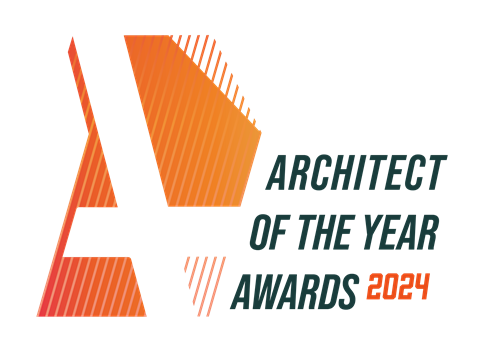Ash Sakula working on sustainable housing project at Dartington Hall Estate
Ash Sakula, Invisible Studio and Mae are among the architects who have appointed to work at a pioneering Devon community.
Henley Halebrown, the AOC and We Like Today are the other practices named by Martyn Evans, the new development director at Dartington Hall Estate.
Most are working on feasibility studies while Ash Sakula is working on the first residential scheme for the 1,200-acre charitable estate near Totnes.
Dartington Hall was founded in 1925 by Dorothy and Leonard Elmhirst in order to experiment with ways of building a sustainable rural community. There are 42 listed buildings on the estate including a cinema which Walter Gropius converted from a medieval barn.
BD columnist Evans, the former creative director of property developers U+I and Cathedral, started at Dartington in January but goes full-time this week.
He said running the estate’s property, land and enterprise network “could not be a more perfect challenge”.
He added: “We’re going to build homes (the most sustainable, community-focused possible), create businesses, drive a new cultural agenda, build a new world-class education programme, support the 140+ businesses currently located on the estate and develop its agroforestry and farming business – all with a social justice agenda that sits right at the heart of everything we do.”
Evans will be based in Devon but will continue many of his London interests including his work with the RIBA, YADA (the Young Architects and Developers Alliance), the British Property Federation, the London Festival of Architecture and the online community engagement platform Commonplace.
A new chapter for Dartington Hall - by Martyn Evans
This place has an extraordinary history. In 1925 Dorothy and Leonard Elmhirst came to Devon to find a place to start an experiment in rural community building. He was the son of a Yorkshire vicar and she was one of the richest women in America - a Whitney heiress from New York. They met through Cornell University where Leonard was studying agriculture and where he met the Nobel prize-winning Indian poet/artist/philosopher/agricultural reformer Rabindranath Tagore, who invited him to lead a series of progressive projects in West Bengal. Dorothy was an amazing woman - a social progressive, philanthropist, supporter of women’s suffrage, co-founder of The New Republic magazine and funder of The New School for Social Research in New York (both of which still thrive). She and Leonard came to Dartington to create an experiment in rural living and learning around a beautiful Medieval Hall, which they restored from a ruin to be their home and which is still at the heart of the estate. Dorothy later described their mission to create a place that encouraged the expression of a ‘many-sided life’ - a life that included access to beauty and nature, a good home with security of tenure, good education, the right to meaningful, properly-paid employment and a full and vibrant cultural life.
They built a progressive school and later an art college, started businesses (a cider press, a furniture company, a building company, a sawmill, farms, a textile mill and a glass-making company), built a sophisticated arts centre and used it to bring world-class artists to South Devon. The estate is a study in architecture from the Medieval hall to High Cross House, a masterpiece in Modernism by the American architect William Lescaze. There are 42 listed buildings on the 1,200-acre estate. When Walter Gropius left Germany in 1934, he came here and drew plans to convert a medieval barn into a theatre - it’s now a working cinema.
When the Elmhirsts died (she in 1968, he in 1974), they left the estate to The Dartington Hall Trust which has had its ups and downs over the years. 18 months ago a new management and trustee team was installed to develop a strategy to revive it. I visited last November at the invitation of the new CEO, Rhodri Samuel, to join a property workshop on how development of the estate’s property could contribute to its sustainable financial future. I was bewitched. Since January I have been here two days a week, helping the team with a development strategy and from this week I will be here full time.
My work with Richard Upton at Cathedral (then U+I) has been the most inspiring work I have done in my career. When I left last year, I wanted to find a new challenge to use everything I’d learned from the work we did together. I found it here. Dartington is owned by a charitable trust and so whilst the development work we’ll do to bring the estate back to life has to be financially sustainable, it is also, at its heart, values-driven. We’re going to build homes (the most sustainable, community-focused possible), create businesses, drive a new cultural agenda, build a new world-class education programme, support the 140+ businesses currently located on the estate and develop its agroforestry and farming business - all with a social justice agenda that sits right at the heart of everything we do. It could not be a more perfect challenge. I’ve already started a raft of feasibility studies on projects across the estate with Mae Architects, AOC, Henley Halebrown, We Like Today, Invisible Studio and Ash Sakula (who are working on our first residential scheme).













5 Readers' comments